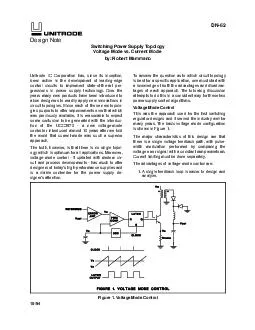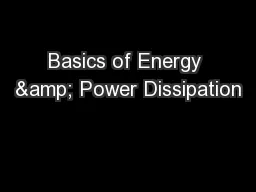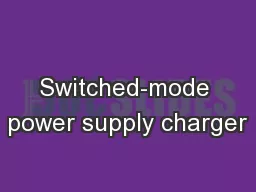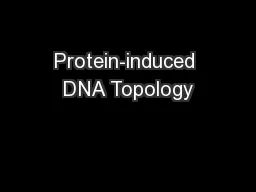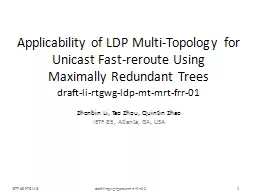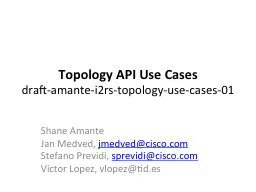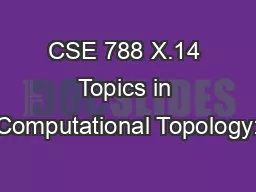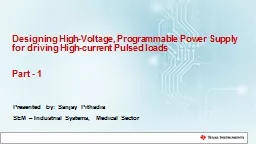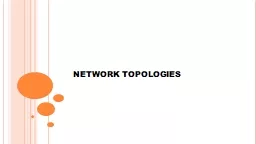PDF-Switching Power Supply Topology Voltage Mode vs
Author : natalia-silvester | Published Date : 2014-12-03
Current Mode by Robert Mammano Unitrode IC Corporation has since its inception been active in the development of leadingedge control circuits to implement stateoftheart
Presentation Embed Code
Download Presentation
Download Presentation The PPT/PDF document "Switching Power Supply Topology Voltage ..." is the property of its rightful owner. Permission is granted to download and print the materials on this website for personal, non-commercial use only, and to display it on your personal computer provided you do not modify the materials and that you retain all copyright notices contained in the materials. By downloading content from our website, you accept the terms of this agreement.
Switching Power Supply Topology Voltage Mode vs: Transcript
Download Rules Of Document
"Switching Power Supply Topology Voltage Mode vs"The content belongs to its owner. You may download and print it for personal use, without modification, and keep all copyright notices. By downloading, you agree to these terms.
Related Documents

